We are living in a time where more and more youth are opening their eyes and raising their voices in an effort to change the world. From race issues to LGBTQ discrimination to gender inequality to economic gaps, young people are attacking society’s problems both online and in person. They are woke, if you will. On top of shaking up the world, young people are also painting themselves in a new light.
According to Megan Boler, a social justice education professor at the University of Toronto, youth today are anything but complacent or apathetic, which has been the common impression.
Boler’s recent research project “Social Media in the Hands of Young Citizen” explored how the Internet impacted youth’s political engagement. Through interviews with various young Occupy protesters who were taking a stance against economic inequality, Boler discovered that it was the first time many of them had been involved in any kind of protest, and that it was on “their own terms.”
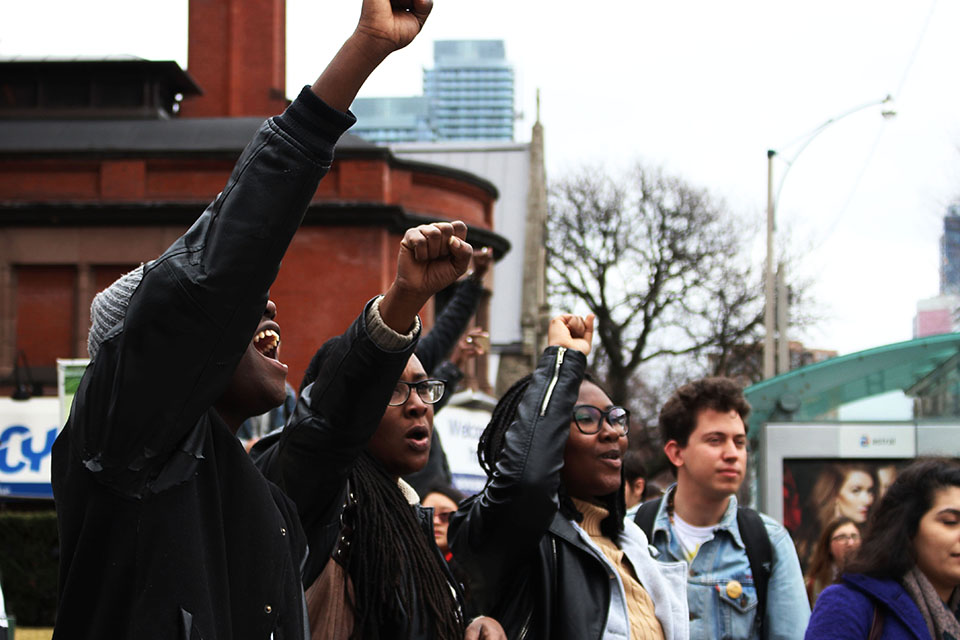
“We haven’t seen this before, certainly in our lifetimes and certainly not since the 1960s.”
“That kind of agency and the passion and commitment that we’re seeing with young people today in terms of envisioning and acting to make a better world, we haven’t seen this before, certainly in our lifetimes and certainly not since the 1960s,” Boler says.
With online networks, liking, sharing, tweeting or re-blogging a post can be done in milliseconds from any location. It’s becoming more and more possible to support a movement without leaving a screen. While Boler has noticed that social media has become an incredibly useful tool that young activists have mastered, it also goes hand-in-hand with other tactics.
Digital activism doesn’t replace on-the-ground work, 25-year-old protester Jordyn Samuels says, but it does create another point of entry for supporters. “Not everybody is physically or even emotionally able to be at protests — it’s very overwhelming,” she says. An online presence is still a way to get the word out.
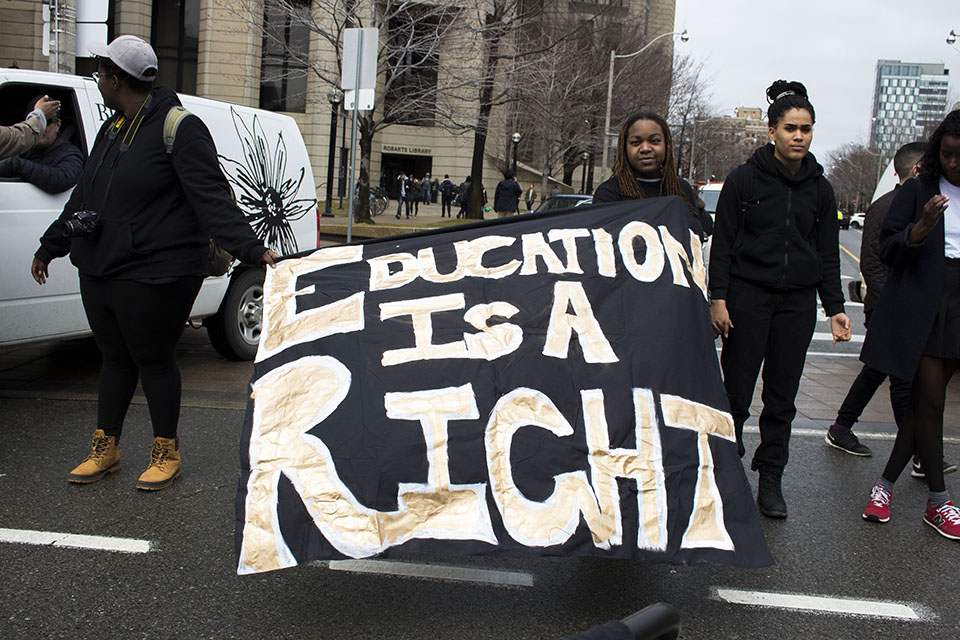
Samuels, a student at the University of Toronto, has been in the streets with other activists a number of times in the last year, and has found courage in her fellow change makers. For her, it’s community that’s made a movement.
“There’s fear, but also there’s adrenaline. We’re here as a community and together we’re stronger . . . it just provides a sense of community, which provides comfort,” she says.
That comfort shone through particularly last month in Toronto, when Black Lives Matter TO supporters camped outside of police headquarters to call attention to the mistreatment of the city’s Black population.
“I’ve never felt more protected being on the street, living and sleeping on the street,” Samuels shares.
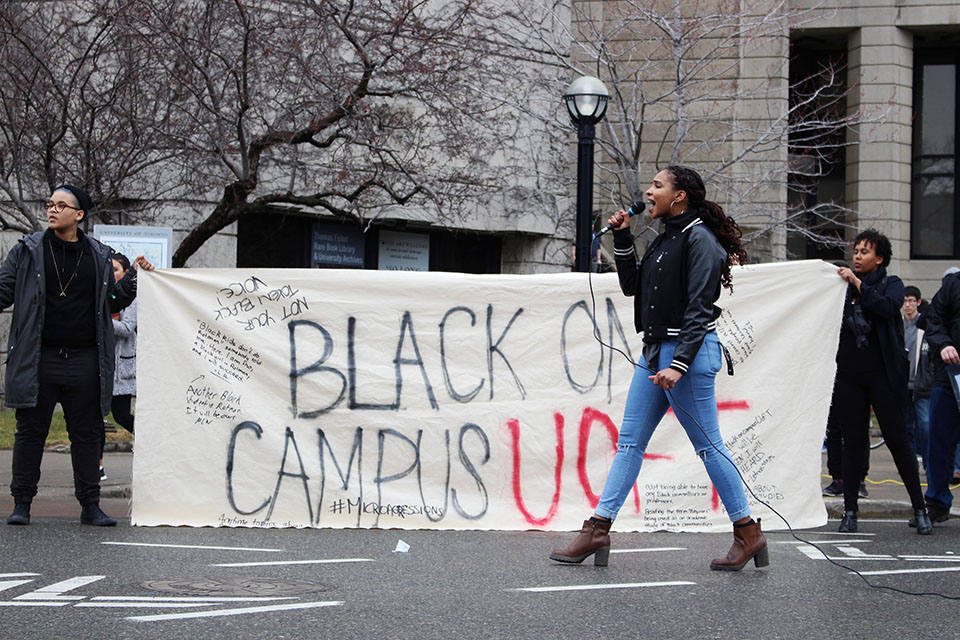
“There’s fear, but also there’s adrenaline. We’re here as a community and together we’re stronger . . .”
The ‘tent city’ was sparked by the shortening of Afrofest, a local African culture festival, as well as the announcement that no charges would be laid against the police officer who shot and killed Andrew Loku, a South Sudanese man who immigrated to Canada more than 10 years ago, in his apartment building last year.
Groups of Black people and supporters set up a campsite outside of Toronto police headquarters and did not move for 15 days.
Samuels remembers that in that time everyone gave what they could to the action and everyone’s thoughts were with one another. “There were always people checking in making sure that you ate, making sure that you took some time to yourself,” she recalls.
Tables overflowed with food donations, piles of blankets and gloves sat in garbage bags ready to be passed out, and artwork made by kids decorated the marble pillars surrounding police headquarters.
“There was food, first aid, there was always music, people smiling, dancing; generators, we had electricity, and all this was made possible by the power of community,” Samuels says.
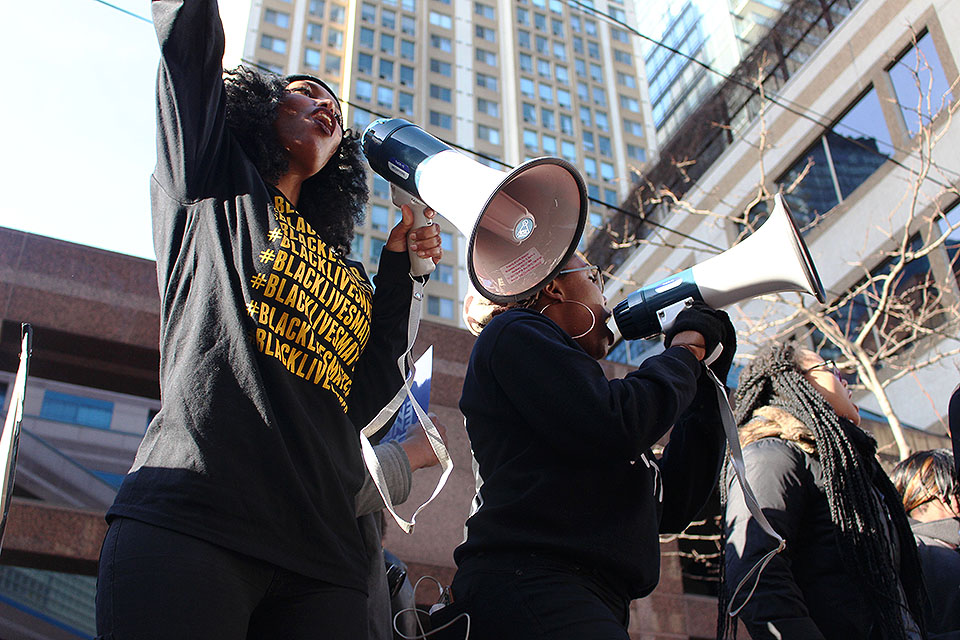
Along with setting up camp outside the police station, Black Lives Matter TO made several demands, including a more thorough investigation into Loku’s death, the release of the names of the officers involved and an overhaul of the province’s Special Investigations Unit (SIU), which made the decision not to charge police. The SIU is called in to investigate matters where a person is injured or killed as a result of a police officer(s)’ actions.
It’s a tall order for a chapter being led by people hardly in their mid-20s. But within a few days of the protest, Afrofest moved back to its original two-day slot, politicians, including the leader of the province of Ontario, Kathleen Wynne, agreed to meetings with the group and stories about the case stayed in the papers and on television for more than a month after the protest ended.
One of the co-creators of the hashtag that sparked the movement, #BlackLivesMatter, Patrisse Cullors, is proudest of the ripple effects the phrase has had globally.
What started in 2013 as a three-word phrase to speak out in response to the acquittal of George Zimmerman (the man on trial for killing 17-year-old Trayvon Martin), has stayed for the last three years and caused others worldwide to raise their voices.
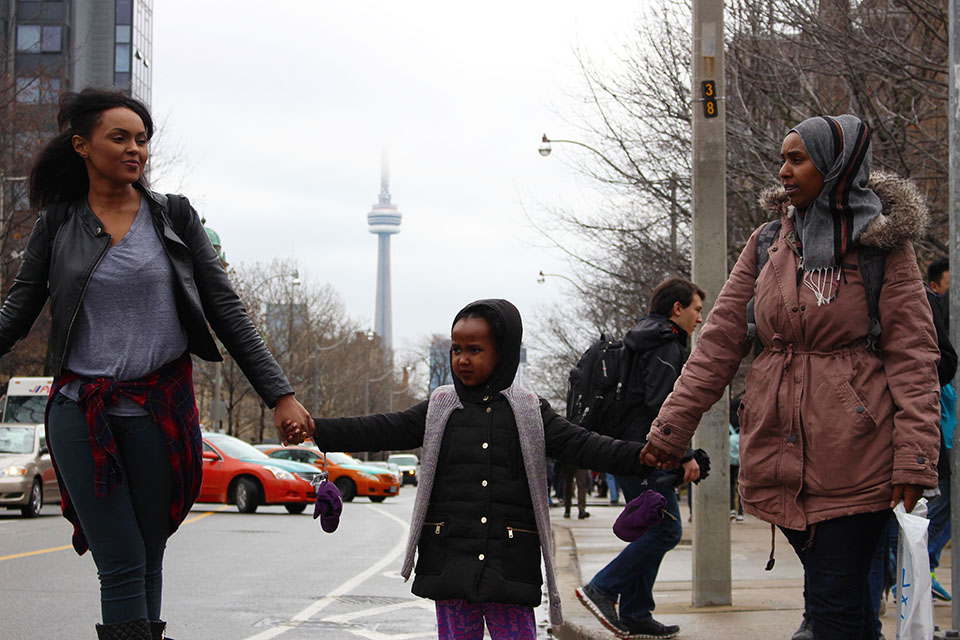 A young protester holds hands with her family at an action at the University of Toronto. // Photo © Angelyn Francis
A young protester holds hands with her family at an action at the University of Toronto. // Photo © Angelyn Francis
Making a difference isn’t so much a matter of age, race or power, but being relentless and planning.
Cullors calls California home, but her simple affirming message has come to life through more than 30 chapters of the Black Lives Matter movement around the world, from the U.S. to Canada to Ghana, all working to address and change anti-Black racism.
The bare bones of Black Lives Matter is the simple phrase and idea that has caught the attention of powerful figures, from Canadian politicians to U.S. President Barack Obama.
Protest and disruption leads to changing conversations, which then branch out to impact laws, leaders and policy, which Cullors says are the major ways change starts to happen in a society.
Making a difference isn’t so much a matter of age, race or power, but being relentless and planning. Cullors, now 32, started causing waves in high school. She attended a social justice oriented high school, but found that ignorance and contempt was still a factor among administration.
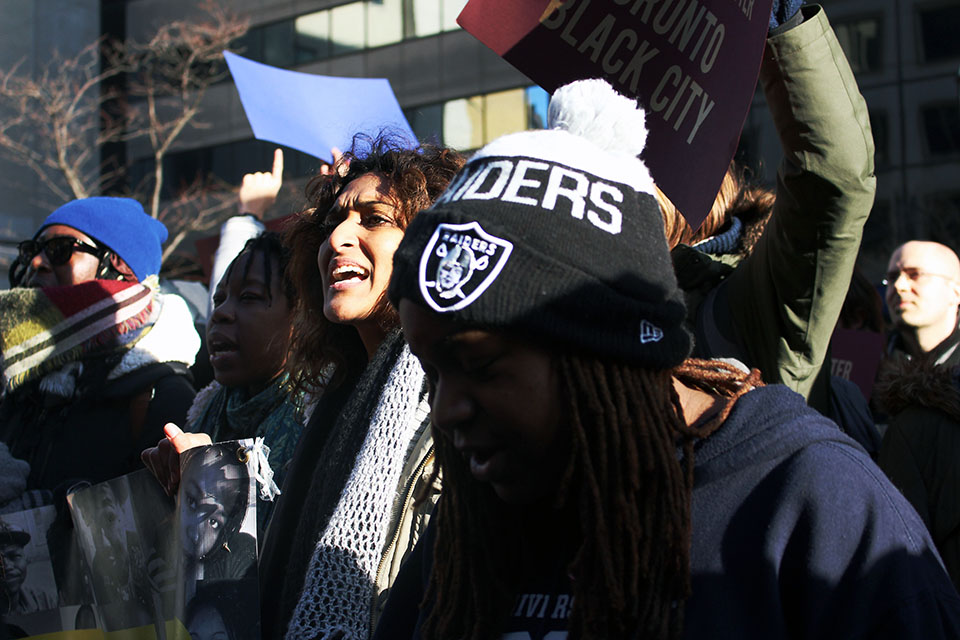
Cullors had come out in high school, and she started to notice that she and other queer folks were the ones who had their public displays of affection shut down by security, while other couples didn’t have it nearly as bad.
“We made it a state of protest to kiss in the hallways or have mock wedding ceremonies,” she recalls. “. . . It forced the administration to have to really deal with the homophobia. It forced them to have to deal with how to relate to queer and LGBT students.”
Even with mass support for #BlackLivesMatter, LGBTQ issues and more, there are still adversaries who don’t agree with the message. The Internet ‘trolls’ who frantically type up contradictions and slurs. Or the cynical populous who scoffs at protests and say, ‘they never work.’
In them, Cullors sees either people who don’t fully understand the tactics, or people who aren’t necessarily invested in changing the conversation. For example, for a person sitting in the top tax bracket, it can be tough to hear people out when they’re talking about income gaps.
But historically, disruption has had an impact. Going back to bus boycotts and lunch counter sit-ins during the 1960s U.S. Civil Rights Movement, Cullors points out a pattern.
“When people keep at it, change will happen, and does happen,” Cullors says.
Cullors adds it’s even more than protesting, people are organizing. They’re thinking about ways to push the envelope, change larger frameworks and entire conversations, whether that’s door knocking, showing up places unannounced, sending a tweet or grabbing a bullhorn.
“Disruption is the way in which you change the conversation.”
Photos © Angelyn Francis

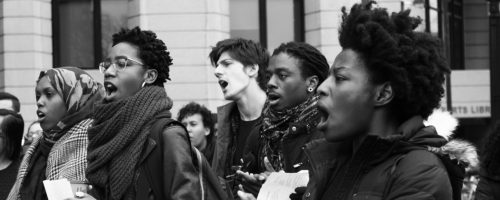


Comments are closed.